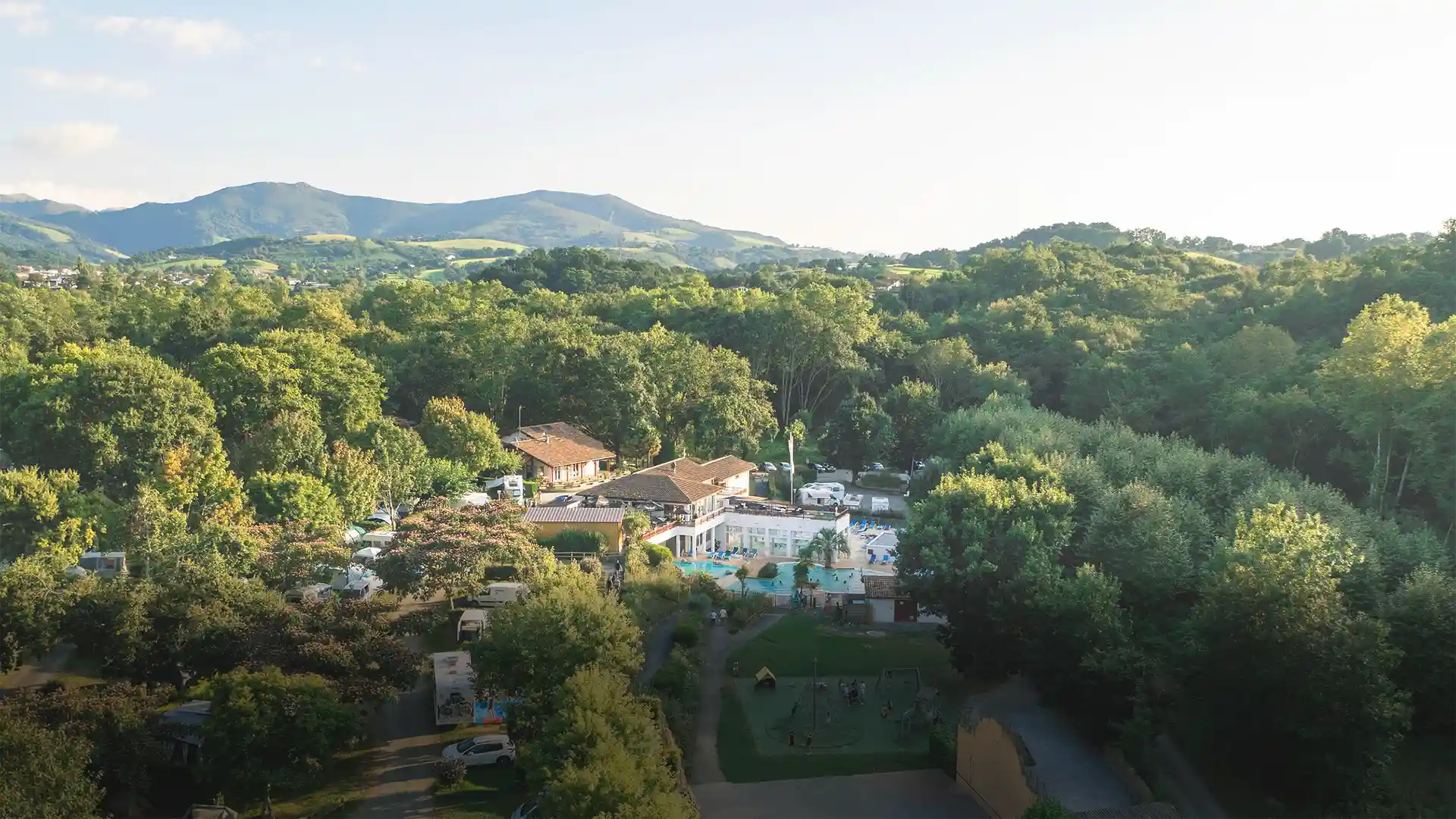The Basque Country, home of the espadrille!
Originating in Catalonia and the Basque Country, this little piece of linen or cotton canvas, with a braided rope sole, has been a runaway success for years. Here’s everything you always wanted to know about espadrilles, but were afraid to ask!

The history of the mythical “Pyrenean sandal
Once worn by shepherds in the Pyrenees, the espadrille is a very old shoe whose origins date back to the 13th century, as attested by old Catalan texts. At the time, they were the shoes of the poor and the soldiers. Light, rustic and robust, espadrilles have been closely associated with Basque costume since the 19th century. There was a time, not so long ago, when espadrilles were worn for all everyday activities – walking in the mountains, playing sports and even rugby! Popularized by Salvador Dalí, the espadrille has come a long way since then, and today is a must-have accessory in every summer wardrobe.
This summer’s star shoe, equally at home on asphalt or on the beach.
Classic or original, chic or Gaston Lagaffe-style casual, and above all very comfortable, the espadrille is timeless and timeless. Colorful, plain, with traditional stripes or patterns, flat, with laces or wedge heel, the little canvas sandal from the Pyrenees oscillates between tradition and modernity, and has been a huge success with a mixed clientele since the 1980s. It’s quite simple: there’s a shoe for everyone! To try it is to adopt it. The perfect way to consign those age-old flip-flops to the closet for good!
Mauléon, the Espadrille Capital of the World
To buy the best espadrilles in the world, you have to go to Mauléon, capital of Soule and… of the espadrille! It was here, in this village of some 3,000 inhabitants nestled in the hills 65 km from our campsite in the Basque Country, that the espadrille tradition was born in the 19th century. At its peak in the 1960s and 70s, the espadrille industry supported an entire part of the local economy, with ancillary activities in industrial maintenance, rubber sole manufacture, canvas dyeing and more.
Espadrille Festival
Although espadrille manufacturing is no longer as strong as it once was, it is still very much alive in Mauléon, as demonstrated by the espadrille festival. Every summer, on August 15, the capital of Soule celebrates the espadrille mauléonaise. On the program: traditional market on the fronton square, Soulet songs and dances, Basque choir, Grand Chistera match, 5 km espadrille race, Basque strength tests, tasting and sales of local products, espadrille-making workshop under marquee.
Recognized craftsmanship
40 years ago, the Basque Country was home to some 2,000 workers still making espadrilles by hand in the age-old tradition. Today there are only 150. This is due to competition from Chinese manufacturers who are flooding the market with low-priced espadrilles, often of poor quality.
Genuine Basque espadrilles are made from natural materials: linen or cotton canvas, braided jute or hemp soles, natural rubber for the rubber. How to recognize a quality jute sole? The braiding is clearly visible on the edges of the shoe. The lighter the jute, the softer and higher quality it is.
Where to buy espadrilles in the Basque Country?
Here are a few good addresses, among many others, where you can buy genuine Basque espadrilles, a guarantee of quality and longevity.
- Mauléon-Licharre: Espadrilles Megam , 52, Boulevard Gambetta (www.espasoule.com); store atelier Don Quichosse, rue Jeanne d’Arc (www.donquichosse.com).
- Idaux-Mendy: Sarl Armaïte, Zone artisanale Metatia, 64130 (www.espadrilles-armaite.com).
- Saint-Jean-de-Luz: Espadrille by Nicole Paries, 52 Rue Léon Gambetta, (www.espadrille-paries.fr).
- Bayonne: La Maison de L’Espadrille, 2 rue Lormand (www.maisonespadrille.fr).
- Saint-Jean-Pied-de-Port: L’Espadrille de Litxu, 2 rue d’Espagne (www.espadrilles-saintjeanpieddeport.com).
For authentic espadrilles made in the Basque country, hand or machine sewn, expect to pay around 30 euros.
Tips and tricks: how to clean your espadrilles?
To clean your espadrilles, gently rub the canvas with a sponge soaked in warm water and a little soap. Above all, avoid the washing machine, as the rope will shrink and lose its elasticity. In other words, your espadrilles will be ruined! Let them air dry. Don’t put them in direct sunlight, as UV rays will discolor the fabric. Above all, never tumble-dry them, as this can damage the soles.


